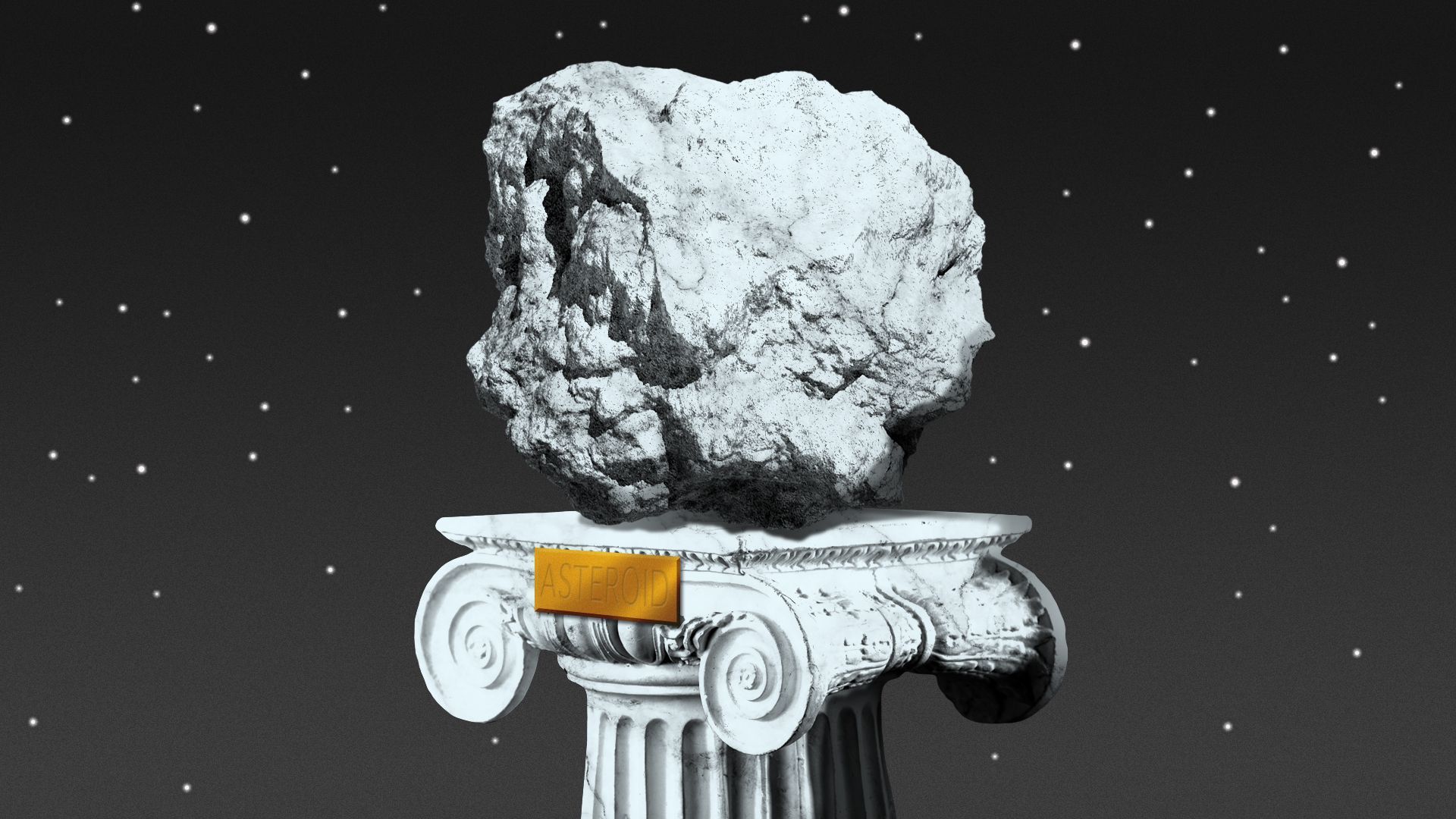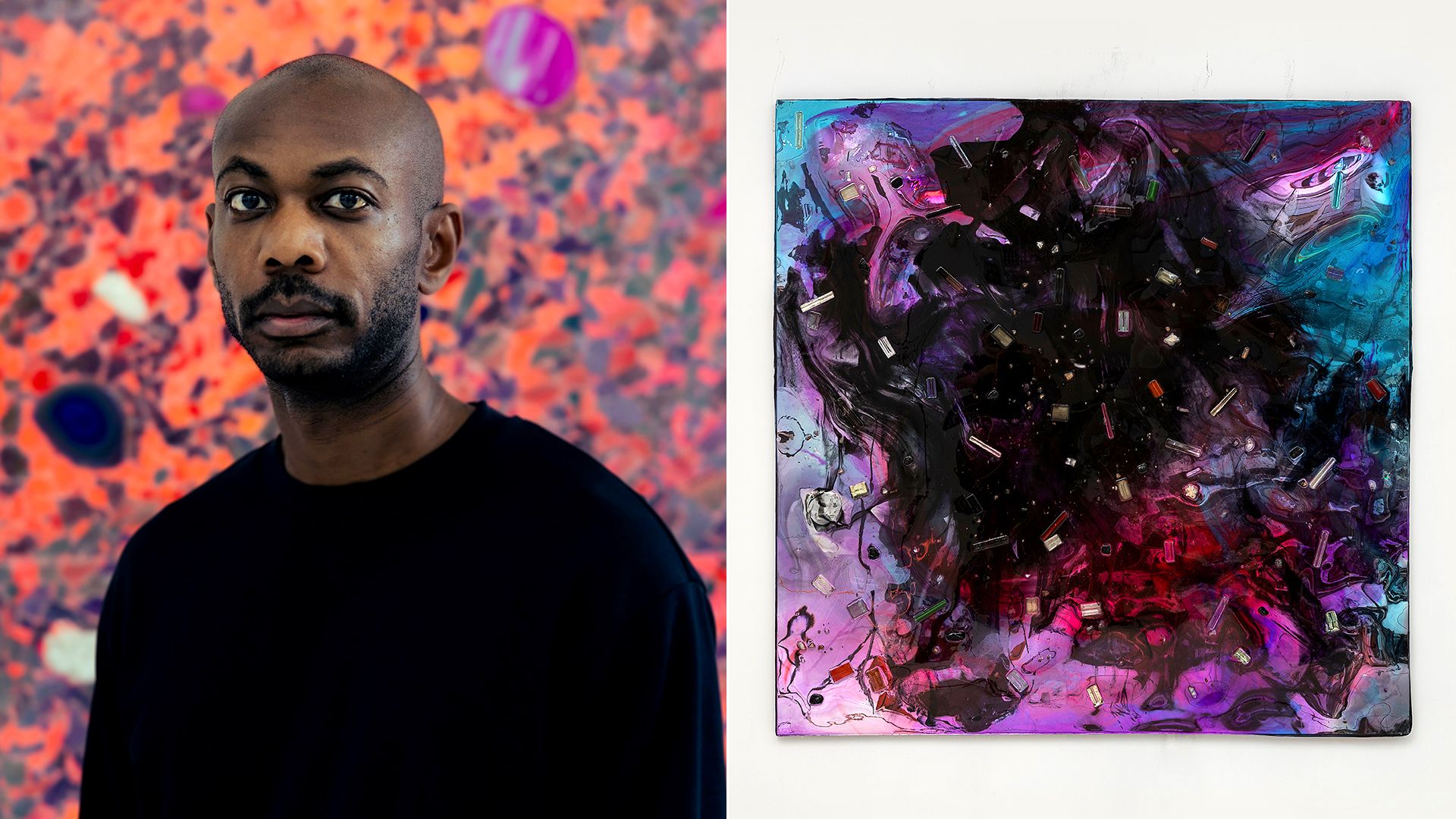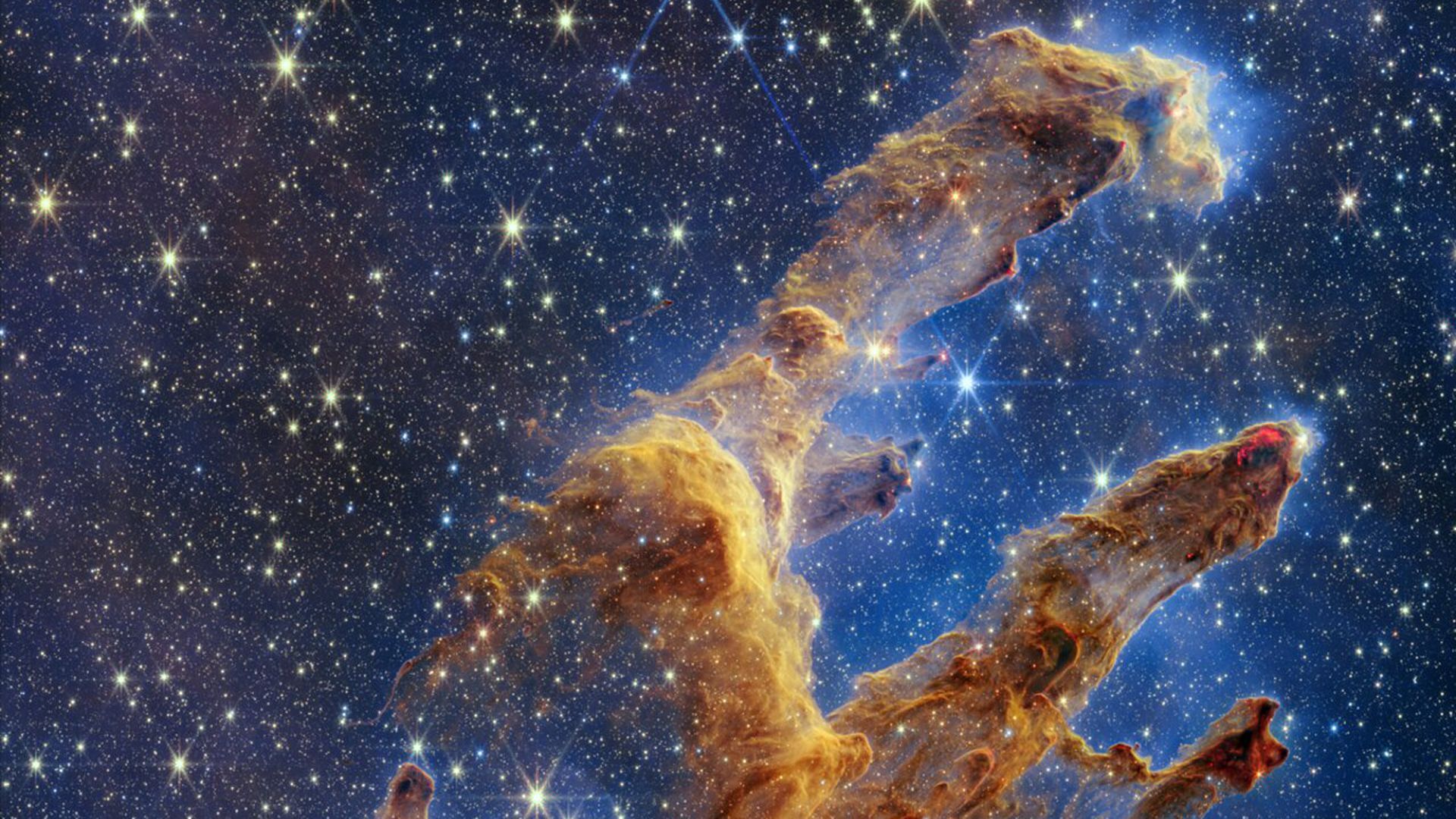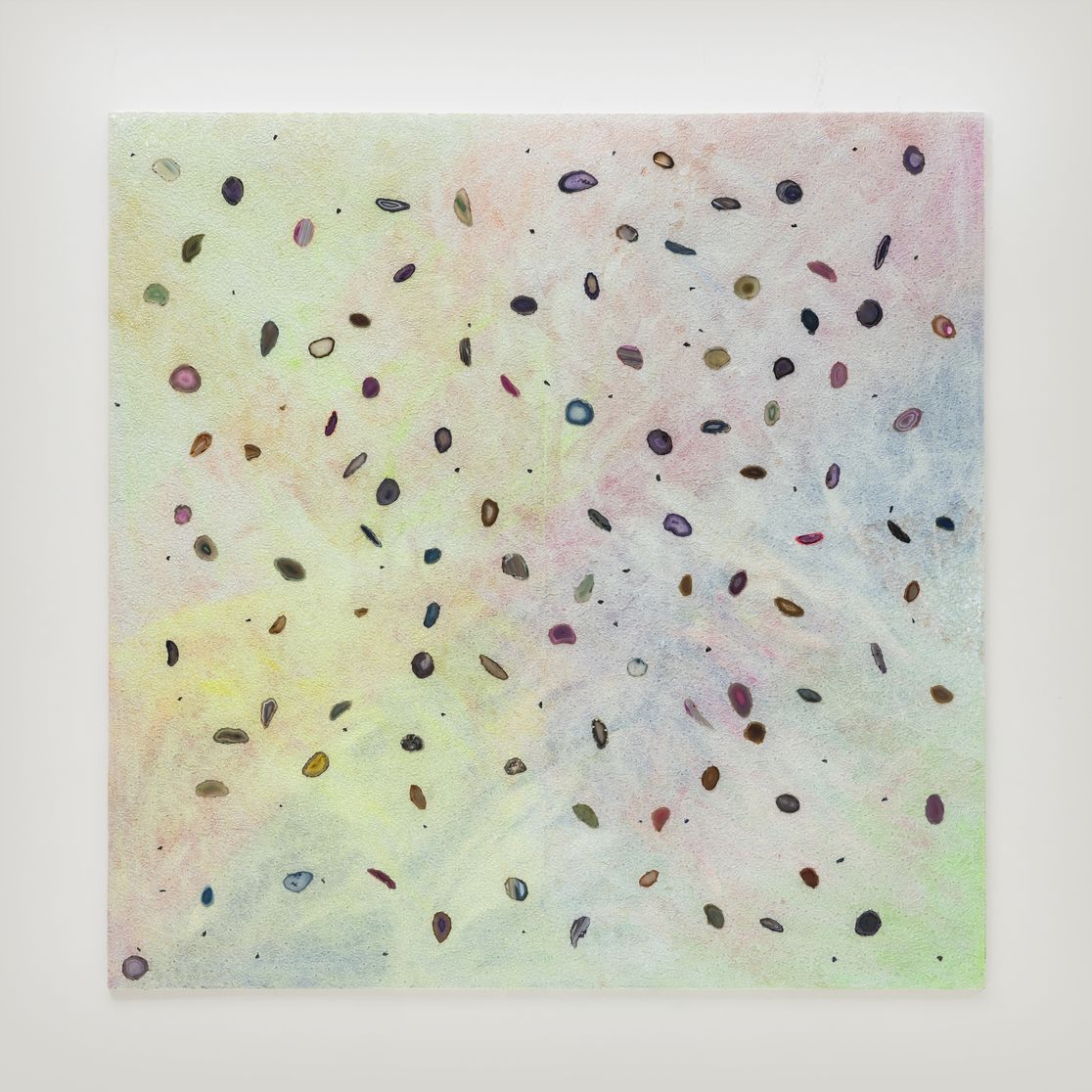| | | | | | | Presented By Foundation Medicine | | | | Axios Science | | By Alison Snyder · Oct 20, 2022 | | Thanks for reading Axios Science. This week's newsletter is 1,696 words, about a 6.5-minute read. - A big thanks to my colleague Miriam Kramer for contributing to this edition. You can sign up here to receive her weekly Axios Space newsletter.
- Send your feedback and ideas to me at alison@axios.com.
- Please ask your friends and colleagues to sign up here to receive this newsletter.
| | | | | | 1 big thing: Asteroid science is rewriting the solar system's history |  | | | Illustration: Sarah Grillo/Axios | | | | New studies, missions and rich data about asteroids are giving scientists a sharper picture of the solar system's history, Miriam and I write. Why it matters: Asteroids are leftovers from the dawn of the solar system that carry a record of the materials that built planets. They could help piece together how the solar system formed — and how life-generating water arrived on Earth. - These space rocks can also threaten our planet, and while strikes are rare, scientists stress that understanding these objects is key to keeping Earth safe.
Driving the news: A trio of papers published today analyzed samples from the asteroid Ryugu returned to Earth in 2020 by the Hayabusa2 spacecraft. - Scientists found new evidence that the asteroid's parent formed on the far outskirts of the solar system, offering potential clues into Earth's history.
How it works: The composition of asteroids is studied by analyzing meteorites that fall to Earth or more pristine samples taken from the asteroids themselves. Previous analysis of Ryugu samples found the minerals and chemicals in the asteroid are similar to those in a type of meteorite (CI chondrites) formed in the outer solar system. - But just because the asteroid and CI chondrites formed from the same materials doesn't necessarily mean they formed in the same place, says Timo Hopp, a scientist at the Max Planck Institute for Solar System Research and a co-author of two of the new papers.
- The isotopes, or types of an element, in an asteroid or meteorite are fingerprints pointing to where the materials formed and can be used to trace their path through the solar system.
Details: In the new papers, international teams of scientists measured the abundance of noble gases, including helium and neon, in Ryugu samples as well as the isotopes of elements in the asteroid. - They found Ryugu is rich in volatile gases, which could help scientists to understand how volatile gases were first delivered to Earth, where they played a key role in forming the planet's life-supporting atmosphere.
The isotopes of iron found in Ryugu and CI chondrites are distinct from those found in other meteorites that formed in the outer Solar System, suggesting they formed in a different reservoir farther from the Sun — possibly near Uranus and Neptune, according to one of the studies. - They then somehow moved from the edge of the solar system to the surface of Earth.
The intrigue: The findings also mean Ryugu and the CI chondrites could "share a common heritage with Oort cloud comets," the authors write. The Oort cloud is a massive layer of ice and dust 4.6 trillion miles away from the Sun and just in the grip of the Sun's gravity. - That is a "tantalizing" idea, says Kevin Walsh, a scientist at the Southwest Research Institute who studies asteroids.
- Comets are considered the most primitive bodies in the solar system. If some asteroids end up being thrown out to the edge of the solar system where they form comets, "it would be a big key for us to unlock in understanding the dynamical history of the solar system," Walsh says.
The big picture: Learning more about asteroid compositions isn't just about understanding the history of the solar system. - Knowing the makeup of asteroids in Earth's neighborhood is key to determining how best to deflect them if one is ever found on a collision course with Earth.
- Scientists think some asteroids are metal-rich and dense, while others are effectively rubble piles of loosely packed rocks floating through space together.
Between the lines: The DART spacecraft successfully deflected an asteroid recently, but researchers still have a lot to learn about how to best throw an asteroid off course if needed. Go deeper. |     | | | | | | 2. Artist Alteronce Gumby paints with prisms to redefine color |  | | | Alteronce Gumby, left, and "Infinite and Beyond (for Sam Gilliam)." Photos: © Alteronce Gumby. Courtesy of the artist and Nicola Vassell Gallery | | | | Isaac Newton used prisms to break down the components of light into the spectrum of colors we see. Those experiments inspire abstract artist Alteronce Gumby in his paintings, made with tiny shards of glass and gemstones, that are his own analysis of light and color. The big picture: Color frames the world we see. Gumby — whose first solo show, The Color in Everything, is currently up at the Nicola Vassell Gallery in New York City — seeks to redefine color, for the eye and for our society. - In a conversation with me, Gumby moved between the material — his interests in the tools artists create — and the abstract, including how "humans have taken the palette of the rainbow, segregated it and broken it down."
Details: Gumby's "paint" is resin, broken glass and slices of gemstones — all prisms that refract and bend light. - "I'm constantly trying to see new colors that I haven't seen before," he says of his choice in materials.
- The titles of his paintings — Helios, From Proxima Centauri with Love, and We're Not the Other — reflect his inspiration in the colors of the cosmos and their intersection with earthly issues of race and identity.
- Everything, Everywhere & More riffs off Stephen Hawking's work and the quest for a theory of everything.
- The question of "what other colors may exist out there in the universe that we, as human beings, just don't have the capability of seeing or just haven't seen yet" intrigues Gumby, who is also a member of The Planetary Society.
Gumby is personally fascinated with Newton's famous prism experiments that demonstrated light is a spectrum of colors, and with later research revealing the different color spectrums of stars. - He says he's taken by how humans have given this palette of the rainbow "various definitions, different signs and symbols that we utilize in this society."
- "All colors are held to certain terms or within certain social structures or conditions ... I'm African American, but people identify me as Black. That kind of color code is just embedded in American society."
Read the entire story. Alteronce Gumby, "Everything, Everywhere & More," 2022 Photo: © Alteronce Gumby. Courtesy of the artist and Nicola Vassell Gallery |     | | | | | | 3. What Xi said about science |  | | | Illustration: Sarah Grillo/Axios | | | | Science was front and center in Chinese President Xi Jinping's address to the Communist Party Congress on Sunday, reiterating the country's aspirations and potential paths to becoming a global science and tech powerhouse. The big picture: "Science and tech is the most important aspect of China's overall desire to be self-reliant," says Kit Conklin, a senior fellow at the Atlantic Council's GeoTech Center. "It fuels everything." - In his speech, Xi said a key goal is to "accelerate the realization of high-level scientific and technological self-reliance and self-improvement."
- China should be "guided by the national strategic needs, gather strength to carry out original and leading scientific and technological breakthroughs, and resolutely win the battle of key and core technologies," he said.
- Those technologies include high-end AI and supercomputing chips that are subject to restrictions on being exported to China under new Biden administration policies, which could significantly set China back.
Key takeaways: Xi laid out the CCP leadership's goals for improving the country's innovation system. They include: A national laboratory system: China for decades has had a network of State Key Laboratories that conduct basic and applied research for commercial and military purposes. - But Beijing has seen where research led and funded by the U.S. federal government has succeeded and is seeking to emulate the U.S. national lab system, Konklin says.
- National laboratories create long-term employment opportunities for the large number of STEM PhD students about to graduate in China, who have the option to go abroad to work, he says. "It's as much a talent retention plan as a science one."
Expanding international collaborations: China and the U.S. are among each other's top scientific collaborators. - But China trails the U.S., EU and Australia in its rates of international collaboration, measured by collaborations on papers.
- Beijing aspires for more cooperation with other countries, but China's scientific collaborations along the Belt and Road Initiative with countries like Russia are "still nascent — their ties with U.S. and allies are still more important," says Cole McFaul, research analyst at Georgetown University's Center for Security and Emerging Technology (CSET).
Talent: China's long-term technology and innovation goals require STEM experts. - There is intense focus in the U.S. on programs to recruit global experts in STEM fields to China, but "domestic investments are also really important and shouldn't be discounted," McFaul says.
- China has invested heavily in its university system, which is now awarding more STEM PhDs than U.S. universities.
The bottom line: "Both Beijing and Washington recognize whoever wins the science competition will become the most powerful of the two," Konklin says. |     | | | | | | A message from Foundation Medicine | | Cancer survivorship in the United States in on the rise | | |  | | | | The number of cancer survivors in the U.S. is projected to increase to 22.2M by 2030, according to NIH. Foundation Medicine is pioneering the use of genomic sequencing to help oncologists connect patients with targeted treatments for their specific cancer type. Learn more. | | | | | | 4. Worthy of your time | | Iranian National Observatory sees "first light" (Richard Stone — Science) Boston University researchers' testing of lab-made version of Covid virus draws government scrutiny (Helen Branswell — STAT) She's made 1,750 Wikipedia bios for female scientists who haven't gotten their due (Sydney Page — The Washington Post) |     | | | | | | 5. Something wondrous |  | | | The Pillars of Creation by the JWST. Photo: NASA, ESA, CSA, STScI; J. DePasquale, A. Koekemoer, A. Pagan (STScI) | | | | Towers of dust stand out against a background of baby stars in a new, instant classic photo taken by the James Webb Space Telescope, Miriam writes. Why it matters: The photo revisits the Pillars of Creation, a part of space made famous by the Hubble Space Telescope. It also lays the groundwork for scientists to improve their understanding of this region and others like it. - "Webb's new view of the Pillars of Creation will help researchers revamp their models of star formation by identifying far more precise star populations, along with the quantities of gas and dust in the region," NASA said in a statement.
- "Over time, they will begin to build a clearer understanding of how stars form and burst out of these dusty clouds over millions of years."
Driving the news: This is one of the most hotly anticipated images yet released by the JWST. - The Pillars of Creation are a small part of the Eagle Nebula, a part of space where dense gas and dust birth new stars, about 6,500 light-years from Earth.
- The pillars in this view of the nebula are made of interstellar dust and gas that feed star formation. Bright red globes just outside of that dust are newly-formed stars, and the squiggly red areas are caused by material being blasted out from those temperamental baby stars.
- "When knots with sufficient mass form within the pillars of gas and dust, they begin to collapse under their own gravity, slowly heat up, and eventually form new stars," NASA added.
|     | | | | | | A message from Foundation Medicine | | Targeted cancer treatment is becoming increasingly complex | | |  | | | | There are 100+ targeted cancer therapies and immunotherapies available today, according to NIH. Foundation Medicine's genomic insights empower oncologists to make more informed treatment decisions. We're making precision cancer care a reality for more patients today and beyond. Learn more. | | | | Big thanks to Laurin-Whitney Gottbrath for editing this edition, to Sarah Grillo on the Axios Visuals team and to Nick Aspinwall for copy editing this newsletter. |  | | Are you a fan of this email format? It's called Smart Brevity®. Over 300 orgs use it — in a tool called Axios HQ — to drive productivity with clearer workplace communications. | | | | | | Axios thanks our partners for supporting our newsletters. If you're interested in advertising, learn more here.
Sponsorship has no influence on editorial content. Axios, 3100 Clarendon Blvd, Arlington VA 22201 | | | You received this email because you signed up for newsletters from Axios.
Change your preferences or unsubscribe here. | | | Was this email forwarded to you?
Sign up now to get Axios in your inbox. | | | | Follow Axios on social media:    | | | | | |










No comments:
Post a Comment